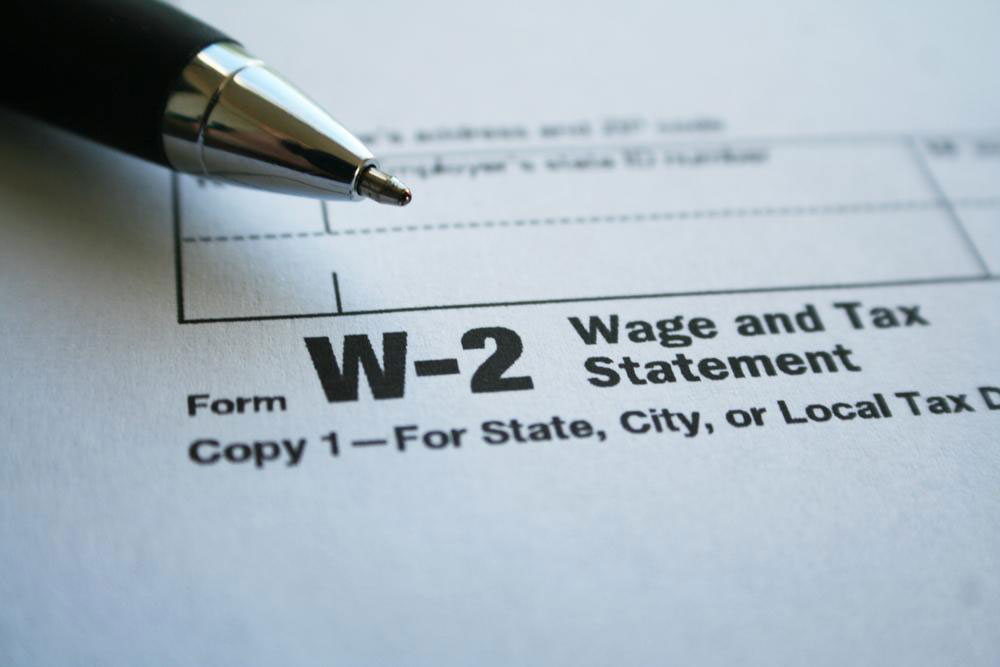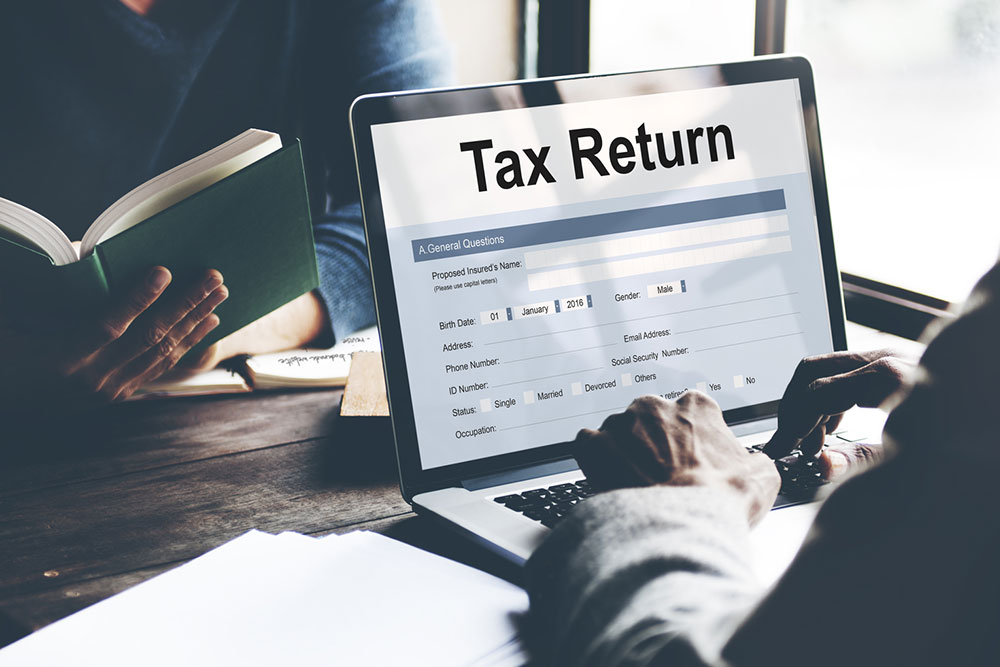Comprehensive Guide to W-2 Tax Forms for Employers and Employees
This comprehensive guide explains the importance of W-2 tax forms for employers and employees. It covers the structure, components, and correct handling of W-2s, including how to obtain, fill, and correct errors on these vital documents. Understanding W-2 forms ensures compliance, accurate tax filing, and smooth payroll processes for businesses and workers alike, making it an essential resource for anyone involved in employment and payroll management.

Understanding the Essential W-2 Tax Documentation
The W-2 form is a vital annual document that every employer is responsible for providing to their employees. This form captures key financial information about the employee's earnings over the course of the year, including wages, tips, bonuses, and contributions to Social Security and Medicare. In addition to reporting income, the W-2 also details the amount of federal, state, and local taxes that have been deducted from the employee's paycheck. For employees, reviewing their W-2 forms carefully each year is essential to confirm that all wages and withholdings are accurate. This ensures they receive the correct refunds during tax season or make the appropriate payments if there's any discrepancy.
Components and Structure of the W-2 Form
The W-2 form is designed with multiple copies, each serving a specific purpose for tax reporting and record-keeping:
Copy A: This copy is submitted by the employer to the Social Security Administration (SSA). It is printed on a specialized laser-readable red paper to facilitate scanning and processing by SSA systems. These forms are official and must be obtained through proper channels—typically directly from the employer or authorized providers. Paper forms are preferred because they are designed for electronic reading and to meet government standards.
Copy 1: Distributed to local and state tax agencies for their records and processing. This helps ensure compliance with regional tax requirements and aids in state-level tax administration.
Copy B: Used by the employee to file federal income taxes. This copy contains essential earnings and withholding information needed to accurately complete tax returns.
Copy C: Kept by the employee for personal records and future reference. It's useful for reconciling income and withholding details when preparing annual tax returns.
Copy 2: Provided to local tax authorities for their records, supplementing the information reported for state or local tax purposes.
Copy D: Retained by the employer for their payroll and accounting records. This copy helps verify annual wages and taxes paid for employment audits.
The accuracy and completeness of W-2 forms are critical. They must be filed correctly to avoid penalties or delays in processing taxes. The forms are printed on specialized paper incorporated with security features and designed for electronic scanning to prevent fraud or tampering.
Where to Obtain W-2 Forms
Employers do not provide copies of W-2 forms through online portals for copying or printing. Instead, these forms are issued on official, government-approved paper that employers receive from the SSA. Employers should contact their tax preparers, payroll providers, or official government channels to acquire accurate W-2 forms for their employees. For employees, the IRS and SSA typically send out W-2 forms by mail before the start of tax season, usually by the end of January. If forms are lost or not received, employees can request duplicates from their employer or directly from the SSA.
Key Information Required for Completing W-2 Forms
To accurately fill out a W-2, employers need specific details about both their business and the employees. This includes the company's name, physical address, Employer Identification Number (EIN), and, if applicable, state tax ID numbers. On the employee's side, the form requires their full name, Social Security Number (SSN), and address. The W-2 reports comprehensive information such as total wages earned, taxes withheld, Medicare wages, and Social Security tips for the year ending. Sections 12 and 13 of the form are used to report information about retirement plans, health savings accounts, and other employee benefits, providing additional context for tax calculations and deductions.
Correcting Errors on W-2 Forms
If inaccuracies are found after the form has been issued, it is essential to correct them promptly. Common issues include incorrect wages, SSNs, or withheld amounts. To address errors, employers should review the W-2 carefully and compare it against payroll records. If a mistake is identified, they must fill out Form W-2c, which serves as a corrected version of the original form. This corrected form must be submitted to the SSA along with Form W-3, which summarizes the corrected W-2s for the year, before the tax filing deadline. Employees should also verify their W-2s for errors and request corrections if necessary to ensure their tax filings are accurate and complete.
In conclusion, the proper handling of W-2 forms is crucial for both employers and employees. Ensuring accuracy, timely submission, and understanding the purpose of each copy helps maintain compliance with tax regulations and prevents potential audits or penalties. Stay informed about the official procedures, and consult with tax professionals if needed to navigate the complexities of payroll documentation effectively.





